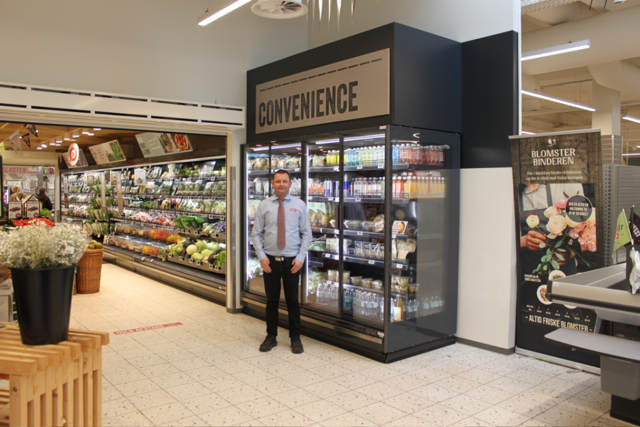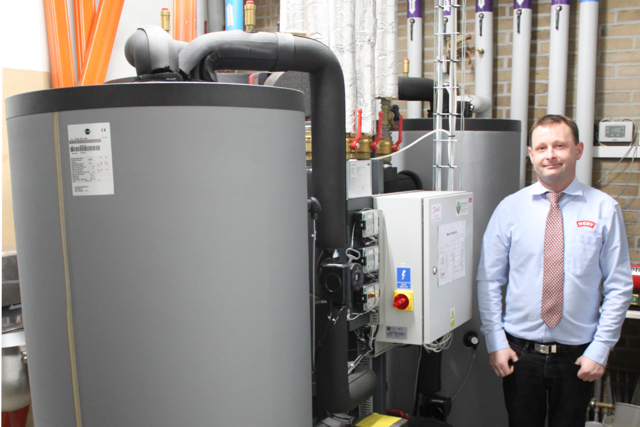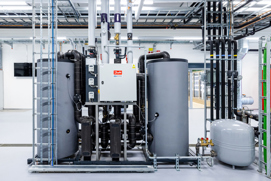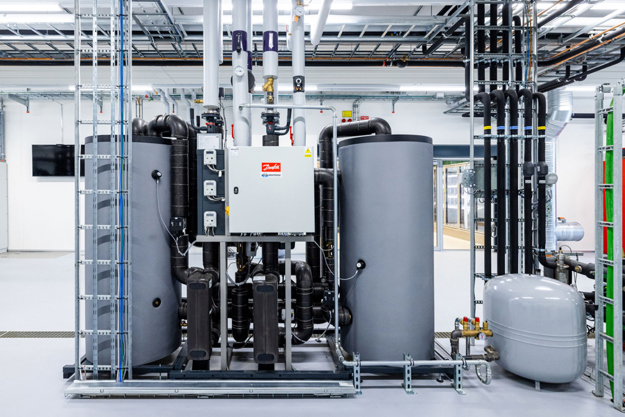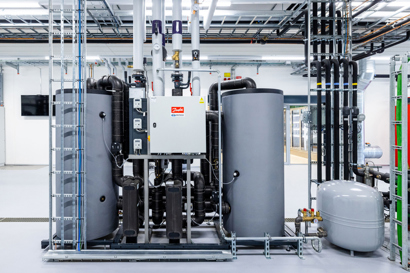A busy Danish supermarket reduced its annual heating bill by 89.7% and its CO₂ footprint by 6.7 tons a year by making use of the waste heat from its refrigeration system. Instead of letting the heat simply dissipate, as most supermarkets still do, a Danfoss Heat Recovery Unit (HRU) now recycles it to heat the store’s 1,900 m2 and provide plenty of hot tap water year-round. The best part, according to store manager Morten Birkebæk, not one of his 55 employees noticed a thing during installation or the first year of operation.
Download the case story as PDF
Learn more about our products
-
if (isSmallPicture) {


 HRU - Heat Recovery Unit
HRU - Heat Recovery UnitThe Heat Recovery Unit (HRU) is designed to recover the waste heat from C02 refrigeration installations. Recovered heat can be used for own heating purposes or returned to a District Heating Utility network.

